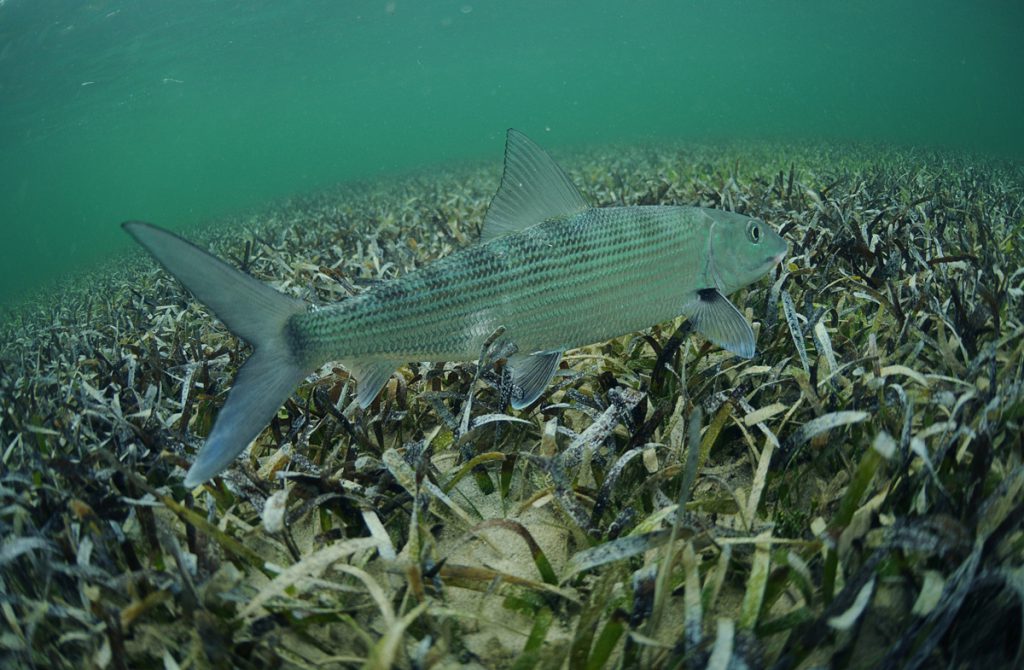BTT has been conducting a bonefish genetics study for several years now, which requires collecting as many bonefish fin clip samples as we can from all over Florida and the Caribbean. We often get asked why we are doing this. And while part of it is to broaden our knowledge of bonefish DNA and population connectivity for scientific purposes, the main intent of this study is to give us a genetic map of the bonefish populations in these different places to help prioritize and guide our approach to management of the fisheries. If there is connectivity between populations in a place like Cuba and the Florida Keys, Floridians will have to be concerned about the health of the Cuban population to ensure the health of our local population. If there is enormous overlap in the genetic makeup of Bahamas bonefish, the communities there will have to be concerned about what is going on on other islands. That will affect BTT’s approach to fisheries management and will help us prioritize areas in need of protection.
Because of our expanded knowledge of bonefish spawning, we believe there may be more connectivity between populations than previously thought. BTT’s research with collaborators has shown that bonefish travel long-distances (the record is 140 miles round trip in the Bahamas) to gather in pre-spawning aggregations before going offshore at night to spawn. The larvae then drift in the open ocean for almost two months, and are at the whim of the ocean currents until they develop into bonefish and seek cover in inshore areas. The long-distances travels of the bonefish to spawning locations year after year tells us the importance of protecting those spawning locations, and the long-distance travels of the bonefish larvae could have significant implications on how we approach management of the fisheries.
How you can help: Collect samples! The collection period will end in early 2017, with results available later that year. The most cost-effective way for us to collect diverse samples from far-flung locations is to have anglers and guides who are already planning on fishing for bonefish collect them. And it’s really easy- all we need is a tiny piece of any of the fins taken with scissors or pliers and we can analyze the sample for DNA. It’s totally harmless to the fish and grows back in a few weeks.
We also need samples from Florida. Most of the bonefish in Florida are in the Keys, but we are also getting a number of reports of bonefish caught in places like the Indian River Lagoon and even farther north. We want those samples too! Our South Florida fin clip challenge is ongoing through the end of August, with lots of great prizes up for grabs. You can pick up a challenge kit at the Fly Shop of Miami, Angling Company or Florida Keys Outfitters or the BTT Coral Gables or Islamorada offices.
For those who have been collecting fin clips for years – thank you! We know it’s been a long road and we look forward to sharing those results with you next year.




